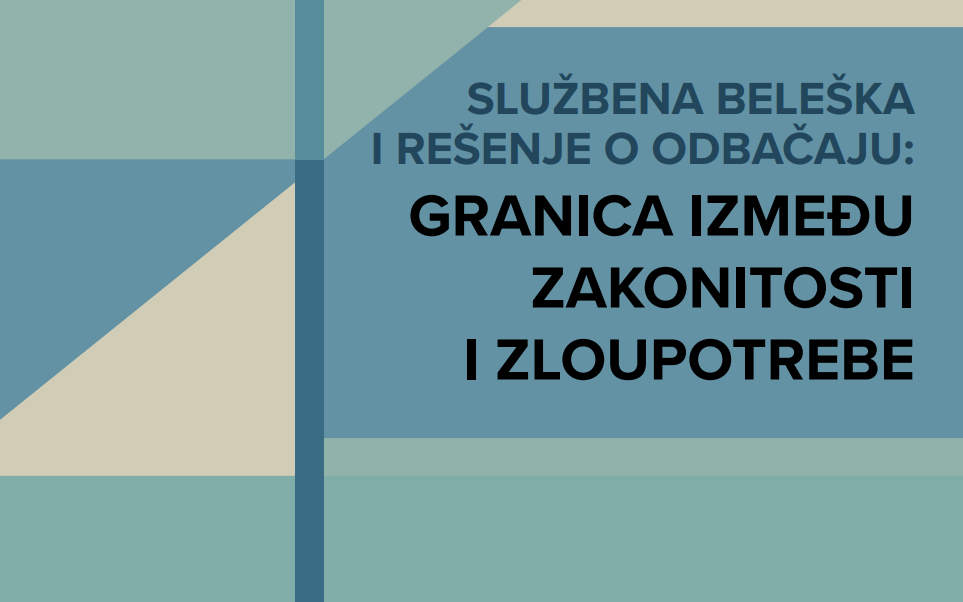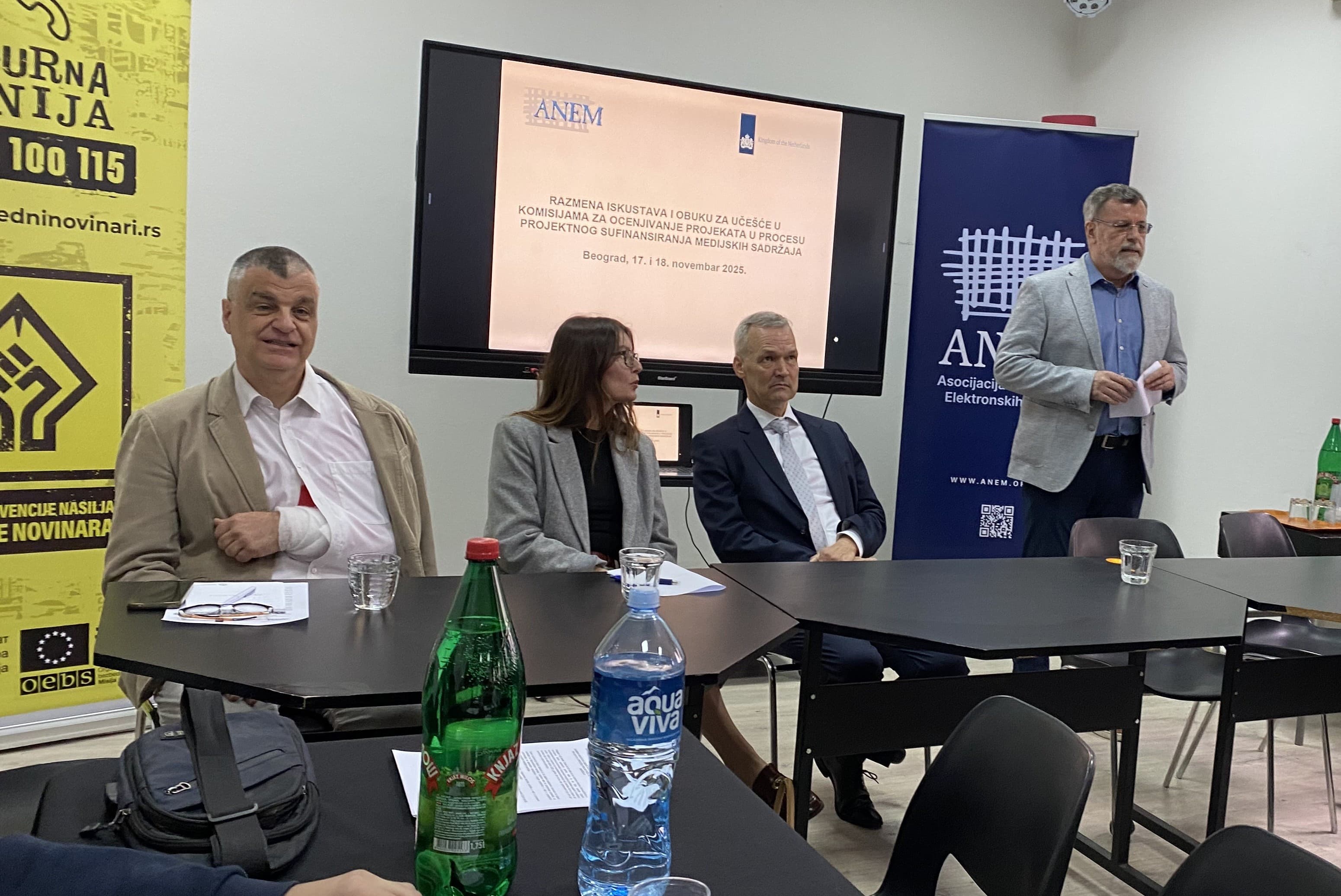Author's text by Veran Matić: Hate speech in a spiral that directly endangers the lives of citizens.
The research conducted by the Institute for Media and Diversity has shown that over the past year and a half, there have been as many as 102 recorded cases of hate speech in the media, with a significant intensification occurring after the collapse of the canopy and the current political crisis.

Already in the first half of 2024, I noticed that hate speech is escalating, especially against women, as well as against journalists. In just a few days in March, dozens of the most horrific sexist messages of hate and violence were directed at individuals. One of these chilling threats, as the perpetrator explained, was inspired by the tabloid Informer.
Additionally, the rhetoric of hate based on terms such as "anti-Serbs" is intensifying, culminating in the use of expressions like "Ustaše," "Nazis," and "terrorists." A sudden increase in hate speech, along with the brutality of the terms themselves, was observed after the collapse of the awning, when students, activists, the opposition, and ordinary citizens became targets.
On one hand, tabloids and other pro-government media produce hate speech, inciting threats and violence, while on the other hand, they justify police and para-police violence. This creates a spiral and synergy that directly endangers the lives of a large number of citizens. The hatred being sown has unimaginable consequences as it represents the spiritual, mental, and informational poisoning of citizens, aimed at producing violence.
Hate speech is predominantly propagated by tabloids and television stations with national frequency.
Hate speech is completely unacceptable. Unfortunately, it is widespread in our country, and the business models of numerous media outlets are based precisely on its use. The authorities consciously encourage this. According to the results of this monitoring, almost half of the registered cases come from the media, while one-fifth is associated with politicians and public figures. This constitutes a kind of "organized criminal endeavor" in spreading hate speech as a political tool, serving as a justification for the threats and violence faced by journalists, activists, students, women, and minorities...
In the first seven months of this year, we have seen more threats and attacks on journalists than during the entire previous year. Particularly concerning is that in the last year and a half, we have recorded a higher number of threats and attacks on female journalists, for the first time to such an extent. There is a clear correlation between the hate speech documented in this research and the increase in threats and violence.
A certain number of female journalists and journalists, as well as some media outlets, stand out due to their high exposure to hate speech, which automatically makes them more frequent targets of threats and attacks. Often, this speech is multilayered, and the endangerment of safety is combined at various levels—from the executive authority, the judiciary, to organized perpetrators of violence.
In addition to constant exposure to physical violence, hate speech has serious consequences for mental health. When you are subjected to such pressures for a prolonged period, it is not surprising that some studies show that more than 30 percent of journalists are in a condition that requires urgent professional health support.
Therefore, it is of utmost importance for us as a profession to find common strategies for solidarity and the fight against hate speech, threats, and violence. Of course, we also need to help others who are similarly endangered—students, activists, and ordinary citizens. And all minority groups who are, unfortunately, "traditionally" exposed to hate speech, which are regularly mentioned in such monitoring and analyses.
The author is the president of the Board of the Association of Independent Electronic Media (ANEM) and a member of the Permanent Working Group for the Safety of Journalists.
Related Articles

"I am not sure what to expect when I go out on the street": Journalist Isidora Kovačević after the court acquitted the man who was posting wanted notices with her image.

NUNS Analysis: Official Notes Instead of Legal Protection – A System That Leaves Journalists Unprotected











